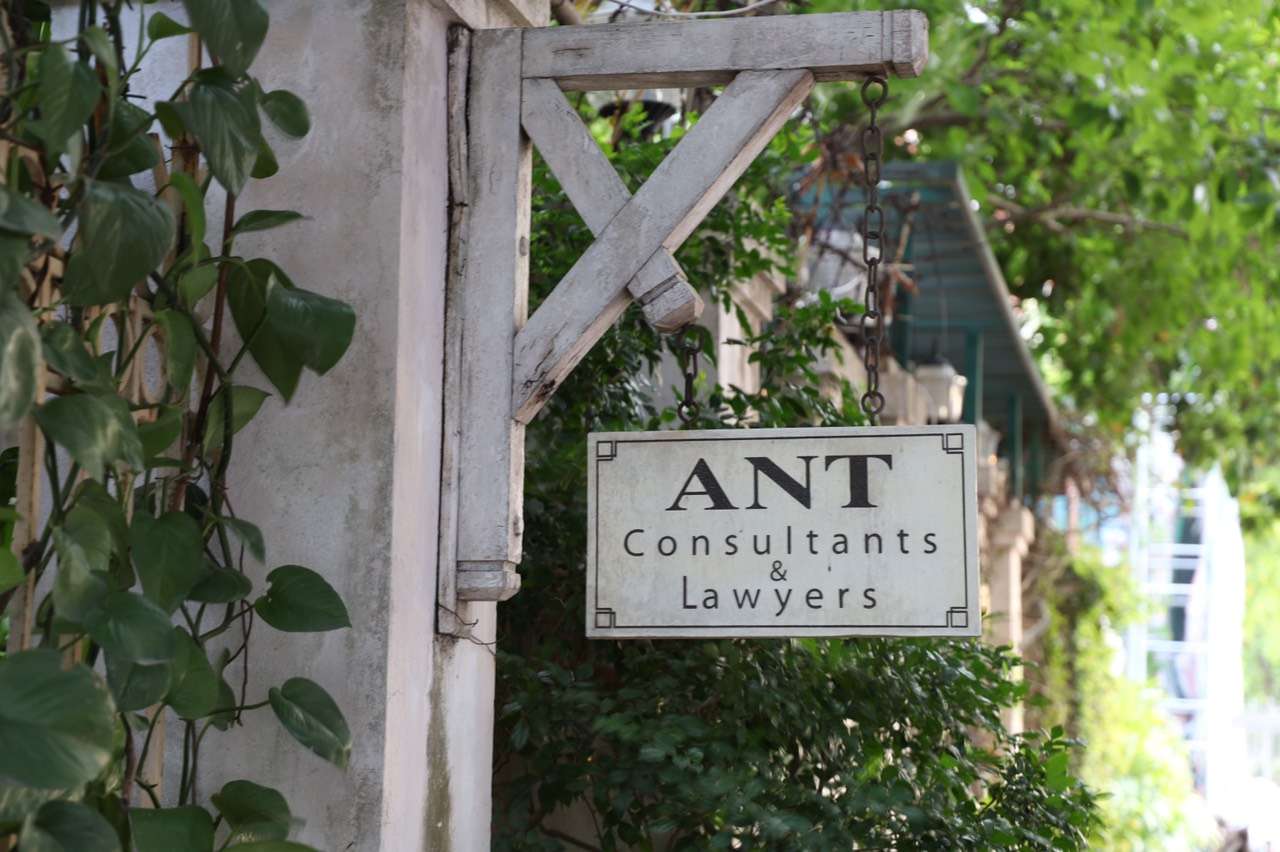
According
to a report by the Vietnam Ministry of Industry and Trade, oil production in Vietnam in April 2015
reached 1.5 million tons, up 7.2% from the last year’s figure. Gas production
reached 0.9 billion cubic meters (+1.8%), and production of liquefied petroleum
gas (LPG)—60.3 thousand tons (+2.9%). During the same period of time, Vietnam produced
6.1 million tons of oil (+8.9%) and 3.5 billion cubic meters of natural gas
(+1.6%). In contrast, the amount of liquefied petroleum gas produced fell by
12.2%, down to 241.3 thousand tons. The country produced 12.5% more petroleum
products, some of which saw greater production rates than the average for the
industry. Over the 4 months of 2015, the country produced 2.26 million tons of
petroleum products, the source reported. According to the Vietnam Ministry of
Industry and Trade, the overall performance of the oil and gas industry is in
line with the targets set out for the sector.
Opportunity
for oil and gas equipment, service and distribution enterprise to set-up
business and invest in Vietnam has been predicted positive.
Vietnam’s
expanding offshore exploration and production have created steadily
growing market for offshore oil and gas equipment
and service. In general, suppliers of oil and gas equipment and service are
quite competitive in the upstream and midstream sub-sectors where advanced
technologies and reliability are strict requirements. Offshore enterprise will
find significant opportunity for exporting their equipment and services in Vietnam with many offshore
oil and gas exploration and production projects, as well as several gas
pipeline projects. The number of projects is likely to increase substantially
over the next few years as PetroVietnam awards new oil and gas blocks to
foreign oil and gas companies.
A
quick overview of Vietnam oil and gas industry
Vietnam’s
oil and gas industry is currently the country’s biggest foreign currency earner
and a major procurer of imported technology. Since the first export shipmentin
April 1987, crude oil has earned over US$17 billion for Vietnam. The oil and
gas industry contributes US$1 billion to Vietnam’s State budget every year. The
rapid expansion of Vietnam’s economy has fueled a surging demand for energy,
which is projected to grow at the rate of over 10% annually. To meet this need,
the Government of Vietnam is encouraging investment from both local and foreign
sources in offshore oil and gas exploration and production.
Oil
in Vietnam
Vietnam
is ranked third in the Southeast Asian region and 31st in the world in terms of
crude oil and gas output. Among the 50 field structures with proven oil and gas
reserves, 20 commercial fields have been developed. Vietnam has 600 million
barrels of proven oil reserves. Bach Ho (White Tiger), RangDong (Dawn), Hang
Ngoc, Dai Hung (Big Bear), and Su Tu Den (Ruby) are the largest oil producing
fields in the country. Crude oil production averaged average volume of 500,000
barrels per day.
Vietnam
is a small exporter on the world oil market, currently supplying about 0.6% of
global demand. The United States is named as the biggest importer of Vietnam’s
crude oil, accounting for 27.9% of the country’s export volume, followed by
Singapore with 27%, Japan 22.2%, China 18%, the Netherlands 2.8% and Malaysia
with 2%.
Gas
in Vietnam
Vietnam
has proven gas reserves of 6.8 trillion cubic feet. Besides crude oil, Vietnam
also produces associated and natural gas from several fields. Vietnam’s natural
gas production and consumption have been rising rapidly since the late 1990s,
with further increases expected as additional fields come on stream. Natural
gas iscurrently produced entirely for domestic consumption. The Cuu Long basin
offshore from the Mekong Delta in southern Vietnam, a source of associated gas
from oil production, is the largest Vietnamese natural gas production area.
Only two fields in Vietnam have been developed specifically for their natural
gas potential: Tien Hai, with a potential output of 1.76 million cubic feet per
day, and LanTay/ Lan Do in the Nam Con Son Basin, which began producing over 5
million cubic feet per day in 2002. In the Nam Con Son Basin, a $565 million,
230-mile pipeline has been completed connecting the Lan Tay and Lan Do fields
to the mainland at Vung Tau. The Nam Con Son project consists of five sub sea
wells linked to aproduction platform and a pipeline leading to an onshore
treatment plant. Gas is piped to three generating plants at the Phu My
industrial complex, where electricity is provided primarily to areas
surrounding Ho Chi Minh City. Output from Nam Con Son has reached 88 billion
cubic feet. The project currently supplies the Phu My 1, My 3, Phu My 2.1 power
plants and the extended Phu My 2.1 plant. Phu My 2.2will soon begin using output
from the field. A consortium headed by KNOC of Korea, signed a 23-year contract
with PetroVietnam in 2002 to install facilities to pump and supply 130 million
cubic feet per day of natural gas to Vietnam. The natural gas, located in the
Rong Doi and Rong Doi Tay fields on Block 11-2 of the Nam Con Son Basin, is
sold to PetroVietnam,which then resells most of the volume to Electricity of
Vietnam (EVN). Production at the fields began in 2005. In 2004, KNOC and
PetroVietnam signed agreements to further exploit natural gas in both Blocks 11
and 12. Construction of an additional pipeline to bring ashore natural gas from
block 11 began in 2005, and is scheduled for completion in 2006.The Su Tu Den
and Rang Dong oil fields, both of which have considerable reserves ofassociated
natural gas, are located near the 62-mile pipeline from the Bach Ho field.An
estimated 60 million cubic fee per day of gas from the fields is earmarked
forconsumption in power plants in southern Vietnam.Both TotalFinaElf and
ChevronTexaco have found natural gas in exploratory drillingin the Malay basin.
Additionally, Talisman Energy has found natural gas at the CaiNuoc field in
block 46. The discovery is close to block PM-3-CAA, which straddles the
maritime border with Malaysia, and is expected to contain up to 100 billion
cubic feet of recoverable gas reserves.
A
contract was awarded to Mc Dermott International in March 2006 for construction
of a 200-mile pipeline, which will transport natural gas from the PM3-CAA block
to Ca Mau province in southern Vietnam. It is scheduled for completion in 2007.
Oil
Refineries in Vietnam
Although
it is a significant oil producer, Vietnam remains reliant on imports of
petroleum products due to a lack of refining capacity. Most of Vietnam’s crude
oil is exported to refiners in the United States, Japan, Singapore, and South
Korea. Vietnam is contemplating development of two oil refineries: the Dung
Quat refinery with a planned capacity of 6.5 million tons per year and an
estimated total investment of $1.5 billion, and the Nghi Son refinery with
estimated capacity of 7 million tons and $3 billion in investment. According to
many industry experts, the decisions to build these two facilities were based
largely on political considerations, raising questions regarding their
commercial viability. Nevertheless, after several years of delays in financing,
the construction of the $1.5 billion Dung Quat Refinery, located in Quang Ngai
province, finally began in November 2005. More than $1 billion has been
invested. Vietnam’s distribution infrastructure is discontinuous, with the
north and south of the country functioning to some extent as separate markets.
Completion of the Dung Quat Refinery, located in the center of Vietnam,
led to greater interaction between the regions. A second refinery project,
with investment of $3 billion, is located at Nghi Son, north of Hanoi in the
Thanh Hoa province. In August 2004, Mitsubishi Corporation agreed to
participate in building Nghi Son for completion in 2010. Vietnam has also contracted
a feasibility study for a third oil refinery, to be located at Vung Ro in the
southern province of Phu Yen, close to both currently producing oil fields and
the major markets in southern Vietnam. The Vietnamese government hopes to
complete the refinery within 12 years. PetroVietnam is proceeding slowly with
the development of the third refinery in light of the other two projects
discussed above.
Oil
and Gas Players in Vietnam
Vietnam
Oil and Gas Group (also known as PetroVietnam or PV), the national oil and gas
monopoly that is monitored by Vietnam’s Ministry of Industry on behalf of the
Vietnamese government, is empowered to make decisions on strategies, plans and
policies for the development of the industry, including cooperation with
foreign entities, signing petroleum contracts as well as implementing,
monitoring, inspecting and supervising petroleum activities.PV has supplied up
to 70 percent of services for the domestic oil and gas industry andis also a businesspartner with foreign companies in the
oil and gas sector. Any oiland gas exploration and production activities by
foreign entities in Vietnam aresubject to cooperation with PV.Vietnam’s largest
oil producer is Vietsovpetro (VSP), a joint venture (JV) betweenPetroVietnam
and Zarubezhneft of Russia. VSP operates Vietnam’s largest oil field,Bach Ho.
Other foreign partners include Conoco Phillips, BP, Petronas, and Talisman
Energy.
Vietnam’s
storage and transportation division, Petrolimex,recently completed a new oil
storage facility in the central Khanh Hoa province. The depot is largest in the
country, with a total storage capacity of 3.68 million barrels.To date,
exploration rights for only 25-30% of the country’s continental shelf with
hydrocarbon potential have been awarded. Forty-nine foreign oil and gas
companies with exploration contracts operate under Product Sharing Contracts
(PSC), Joint Operating Companies (JOC) and Business Co-operation Contracts
(BCC), with total registered investment capital of more than $7 billion. The
remaining offshore areas, generally with water depths of 200 meters or more,
are unexplored and open for new bidding.
Oil
and Gas Products and Services in Vietnam
Vietnam’s
expanding offshore exploration and production has created a steadily growing
market for offshore oil and gas equipment and services, which is estimated at
$1.2 billion in 2006. American equipment and services have captured about 15%
ofthe market and this share is expected to expand over the next few years. In
the local market, American companies are well known as world leaders for
advanced technologies, quality, and experience in the offshore oil and gas
sector. These U.S.firms are currently the most successful in the oil and
gas sector in Vietnam. In general, U.S. suppliers of oil and gas equipment and
services are quite competitive in the upstream and midstream sub-sectors where
advanced technologies and reliability are strict requirements. Sales
opportunities are promising in the following areas:
•
3-D Seismic Survey Equipment
•
Blowout Preventers
•
Buildings
•
Chemicals
•
Computer and Wireless Technologies
•
Corrosion and Abrasion Control
•
Cranes, Hoists, and Winches
•
Deep-Sea Drilling Services
•
Enhanced Recovery Equipment Services
•
Fishing Tools
•
Instruments and Control Systems
•
Logging and Formation Evaluation
•
Marine Equipment and Services
•
Offshore Engineering & Design Services
•
Offshore Platforms (Fixed and Floating)
•
Offshore technology licensing
•
Perforating and Testing Services
•
Pollution, Oil Spill Control, and Environmental Technologies
•
Power Supply, Engines, and Turbines
•
Process Equipment
•
Production Equipment and Services
•
Project management services
•
Pumps and Compressors
•
Ropes, Wire Ropes, and Chains
•
Rubber Products
•
Software Engineering Services & Equipment
•
Tools• Tubes and Piping
•
Valves and Actuators
•
Wellhead Assemblies
ANT
Consulting is here to assist you from the outset; providing intelligence,
information, management or support and administrative services that assist
market entrance, and ensure efficient business start-up operation.




















.jpg)
.jpg)
.jpg)
.jpg)
.jpg)
.jpg)
.jpg)
.jpg)
.jpg)
.jpg)

